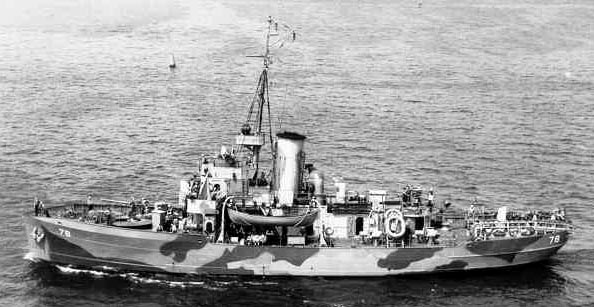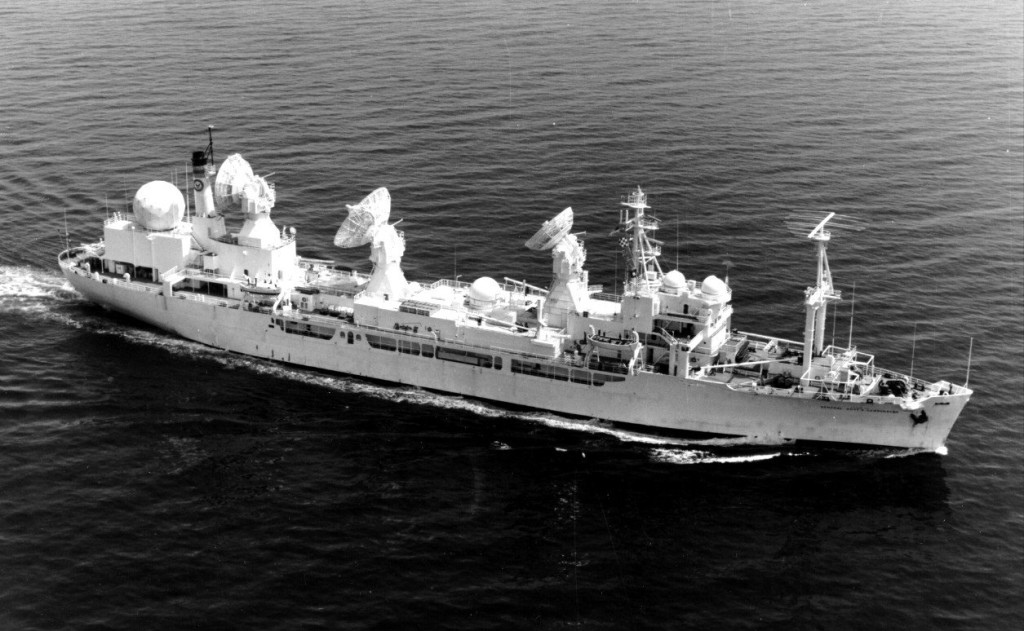These artificial reefs exist all over the world but little is known by the average diver of the complexity of creation.
On Wednesday, April 17, 2013, at the History of Diving Museum located in Islamorada in the Florida Keys, a stimulating seminar took place giving us a glimpse into the complex process of creating artificial reefs. This free event to the public gave dive enthusiasts an escape to immerse themselves into the world of underwater life. The seminar was presented by Joe Weatherby, co-owner of Reefmakers and a diving professional with a wealth of knowledge and expertise in the industry. Reefmakers is a for profit business that has been instrumental in the increase of diving tourism and the resulting economic growth of coastal communities through the creation of artificial reefs. Sitting in the audience was a very well-known member of the diving community. Pat Clyne is President of the Institute of Marine Archaeological Conservation and Vice President of the Mel Fisher Maritime Museum. He served as chief videographer for the Mel Fisher expeditions and has been involved with the Atocha and Margarita recovery projects for over 25 years. Although I am sure he is very familiar with the entire process, he attentively sat listening.
On this particular evening, the discussion centered around the USS Vandenberg Artificial Reef which is now 6 miles off the island of Key West and the USS Mohawk which resides off Florida’s Southwest coast.
The USS Vandenberg
Let’s begin with the Vandenberg. Diving this huge wreck is a thrill providing endless entertainment as advanced divers have the ability to explore four open decks at approximately 70-100 feet with 8 by 10 foot openings on each side leading into vertical elevator shafts, cargo holds and stair towers. It spans 140 feet down to the floor of the ocean. This majestic ship is 523 feet long and was originally laid to rest in Norfolk, Virginia after serving in World War II as well as in the Cold War as a missile tracking spy ship. It was finally retired in 1983. An accomplishment that was 13 years in the making which included incurring $8.5 million to clean the ship as an eco-conscious effort, finally came to fruition with 42 explosives and the Vandenberg was sunk successfully on the morning of May 27, 2009. As curious boaters looked on, this artificial reef took 1 minute and 45 seconds to sink and just 3 minutes to hit its final resting spot on the floor of the ocean. This achievement has made it the second largest artificial reef in the world and the largest in the Florida Keys National Marine Sanctuary. Who could have imagined the massive publicity that would result. It was almost as if every form of media was getting the word out and in doing so, brought a tremendous increase in revenue to Monroe County. The Vandenberg was featured on 25 different television shows, was honored with the Society of American Travel Award and has brought 110 permanent jobs to the Keys. Divers visit from as far away as Germany and even local residents can’t seem to get enough. On a yearly basis, over 34,000 divers can say that they took the plunge. The Keys has seen a tax benefit of $650,000 per year along with an $8 million increase in commerce. Some of the most intriguing marine life can now call the Vandenberg their home and rare black sea urchins seem to grow and co-exist in greater numbers. After so many years of planning and strategizing, the end result of an environmentally-friendly reef is well worth the effort in Joe Weatherby’s eyes and all those that were part of the plan.
The USS Mohawk

While not as large as the Vandenberg, the USS Mohawk has its own fascinating story. It was a Coast Guard Cutter launched in 1934 which also fought during the time of U-boat invasions. It has 5 anchors, a wooden deck and extending 165 feet long, it weighs 1600 pounds with a thin bottom but a thick hull. While not as large in size as the Vandenberg, it was just as challenging to bring this historic ship to its final resting place in 90 feet of water about 30 miles off of Sanibel Island in the Gulf of Mexico. Prior to sinking it in an upright position, military and community college divers had to analyze the area to make sure it would be safe for the environment in that location. On July 2, 2012 after an extensive cleansing in Virginia, the task was completed. While in Virginia, a hefty amount of wiring also had to be pulled for safety. At a cost of $1,150,000, this artificial reef paid for itself in just 90 days. In the first 24 hours alone after its submersion, over $500,000 was considered earned media dollars. The USS Mohawk colonized at a record speed. In just 3 to 4 days, this distinguished ship of the seas was covered in bait fish. Jacks and goliath groupers patrolled its perimeters. Twelve days later, tuna showed up. In the first 90 days, 5 whale sharks were spotted earning it the name, “Whale Shark Capital of North America”. This astonishing artificial reef has been designated as a Veteran’s Memorial Reef and draws avid divers all year round who are looking for a change of pace as they are welcomed to this wondrous wreck dive.
Another interesting tidbit of information is what happens immediately after the ships are sunk. Military divers, local college students and Mel Fisher’s team all volunteered to go down and make sure that all explosives were detonated so as to provide a safe diving environment. In order to sink the ships, the explosives are put inside the ship to maintain the beauty of the surrounding waters and marine habitat.
In just under two hours, I gained a wealth of information not only about these two artificial reefs but knowledge that I can take away with me and use time and time again dive after dive.
For the next five months, the History of Diving Museum is offering a free seminar once a month which is well worth the visit. Go to their website to learn more: www.divingmuseum.org.
Featured image credit of the Vandenberg by http://www.davidharrisonwright.com



